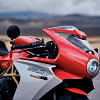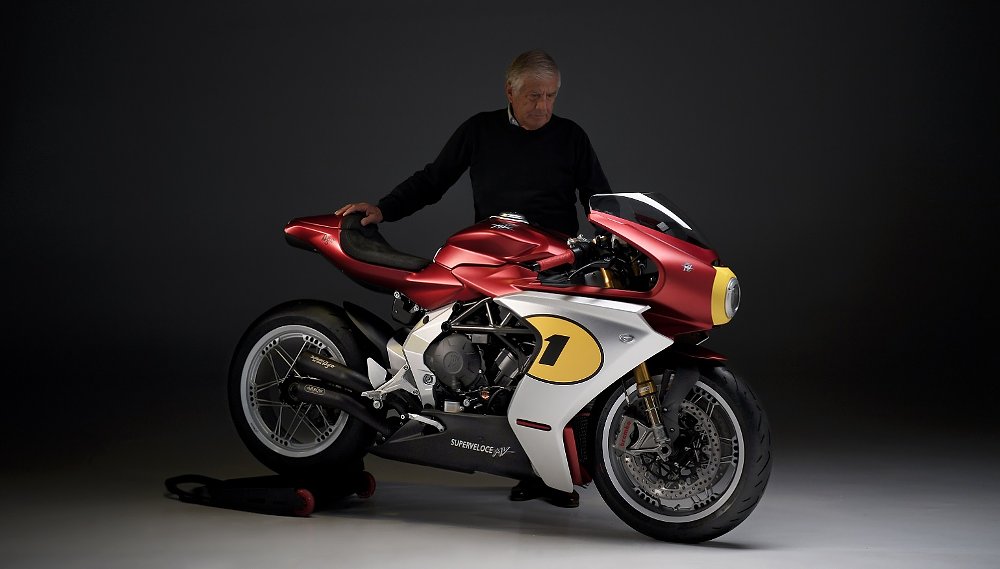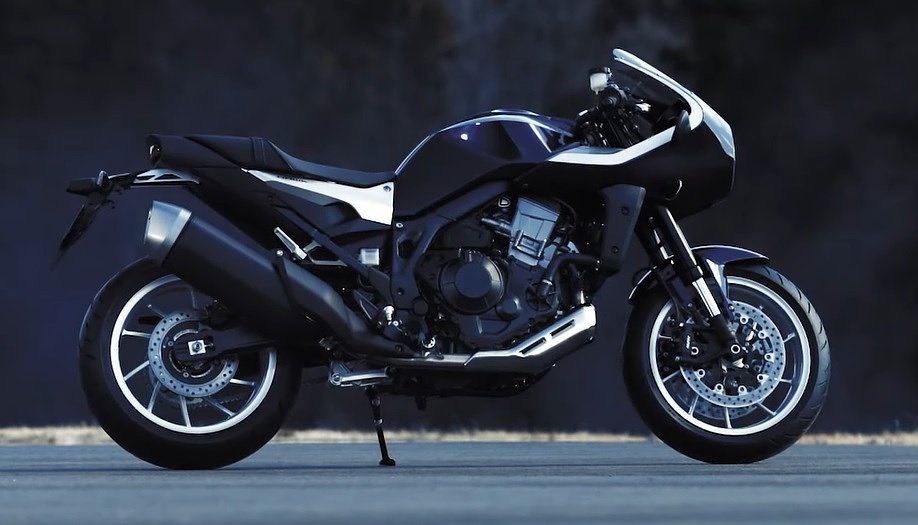When exactly does a trend become a trend?
I can’t say for sure, but I think I’ve spotted one. More and more manufacturers are introducing modern classics with vintage roadracing style, straight from the factory. The list of motorcycles fitting this description looks like it’ll get a bit longer if Yamaha releases the rumored XSR900 GP this year. Let’s talk about that bike for a minute, and then you can judge my trend theory.
The XSR900 GP: Will Yamaha build it?
The current XSR900 is the most powerful motorcycle in Yamaha’s “Sport Heritage” lineup. If you’ve never ridden one, it’s a fairly handsome standard/naked bike with the same grin-inducing triple found in the MT-09 standard and Tracer 9 GT sport-tourer. Yamaha does not make a YZF-R sport model with the XSR900’s 890 cc CP3 engine, so if Yamaha built a “GP” version of the big XSR with fairings and upspec running gear, the resulting model could appeal to both sport and retro customers. Throw some speed block decals over yellow paint and ship it! Without an official confirmation from Yamaha beyond trademark filings, we’ll have to wait and see if the XSR-GP materializes later this year. I think it’ll happen, and I’ll double down by predicting that more motorcycles like this will follow. Here’s why.
Cafe racers aren’t avant garde anymore
The cafe racer phenomenon grew out of the custom scene to become a legitimate category in the production world. Now, almost all major manufacturers sell some kind of cafe racer (or a modernized reinterpretation). The last two decades of cafe racer revival brought us some immensely fun motorcycles, but the idea simply isn’t fresh today. Where might manufacturers turn next now that the cafe craze has stabilized? Old race bikes might be the answer.
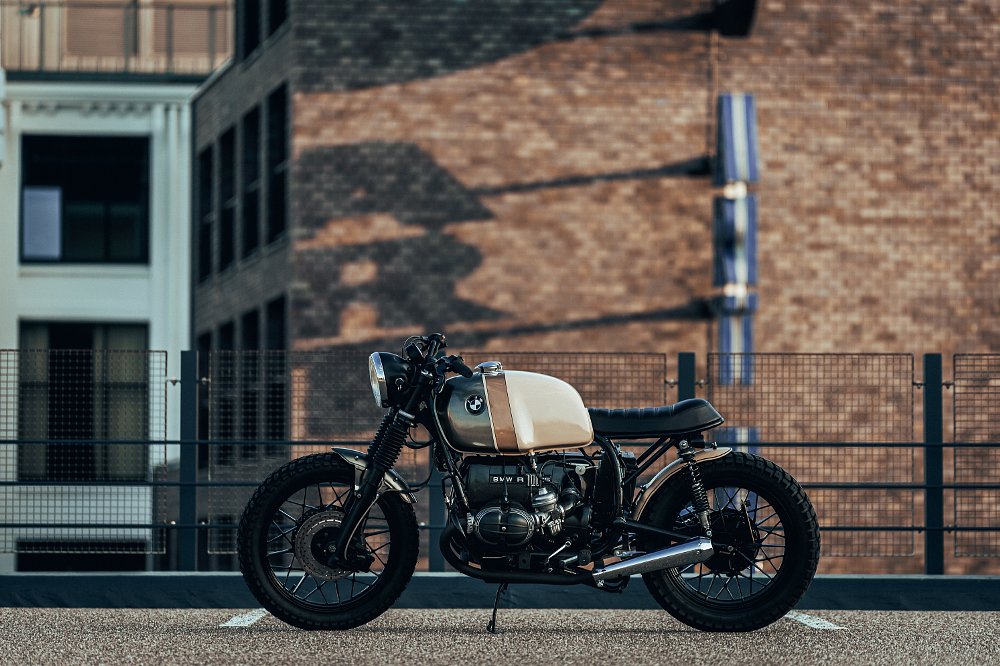
Let’s go back to the origins of cafe racers themselves. The traditional cafe racers imitated contemporary competition motorcycles by stripping bikes down to their bare essentials and hopping up their performance. Dropping weight and adding speed are ideas as old as motorsport itself. One major difference between the cafes and racetrack bikes was bodywork. Cafe racers typically didn’t have the windscreens, fairings, or racy tail sections seen on real roadracing motorcycles. And when production cafe racers started popping up half a century later, that separation remained. Now, manufacturers are revisiting the past to bring new designs to their retro portfolios, and those faired machines have captured their attentions.
Even if the XSR900 GP doesn’t happen, I think there are enough mainstream bikes to call this a movement. I’m specifically talking about faired or half-faired motorcycles with windscreens, tail bodywork, old-school lines, and round headlights.
Data points plot a trend
Ducati arguably started the party with the 2001-2002 MH900e. Designer Pierre Terblanche heavily referenced Mike Hailwood’s Ducati race bike from the 1978 Isle of Man TT. Neither Hailwood’s nor Terblanche’s motorcycles are cafe racers. Ducati followed up the limited production of the MH900e with the 2005-2010 SportClassic, which was a very similar idea built in greater numbers. Unfortunately for Ducati, sales weren’t great. Common Tread included the SportClassic in a roundup of motorcycles that were ahead of their time. Maybe that’s just “first mover disadvantage.” Do you think the same idea would sell today? Skyrocketing prices of MH900es and SportClassics suggest that they would.
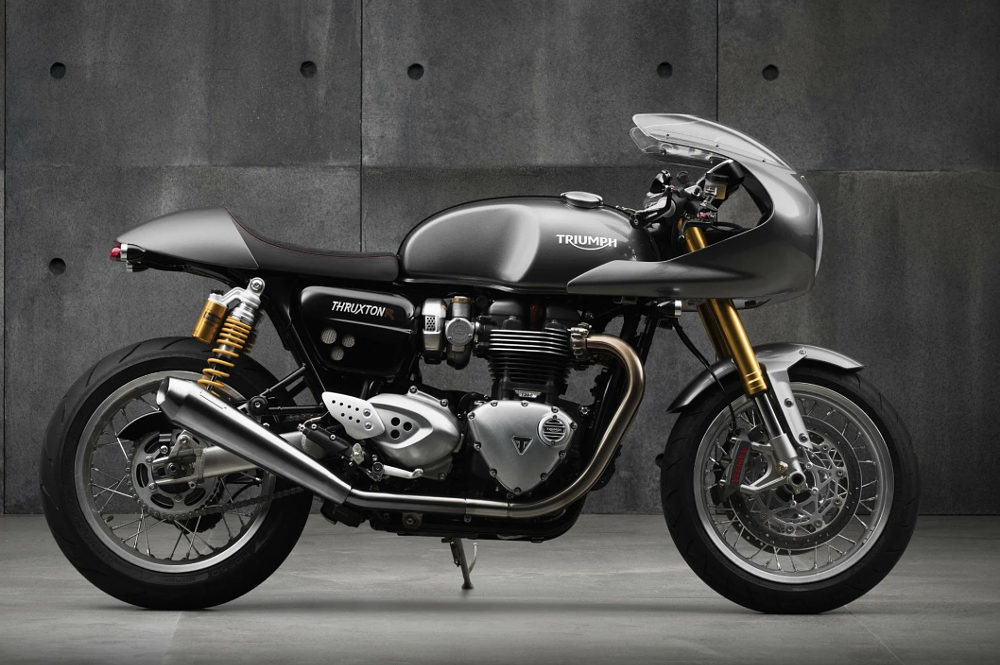
Meanwhile, back in the early 2000s, Triumph was working on a Bonneville variant called the Thruxton. The factory Thruxtons have obvious sport cues, and the name even comes from a famous roadracing circuit, but the popularity of unfaired customs over the last 20 years meant that Triumph initially positioned the bikes as cafes. Later, vintage race bike style started to show up on Thruxtons through the OEM “Track Racer Kit” and aftermarket suppliers.
BMW leaned into the faired look with the R nineT Racer in 2017. Then Kawasaki put a fairing and traditional racing colors on the 2018-on Z900RS Cafe. A faster, sharper Thruxton appeared in 2019 with the RS, and MV Agusta rolled out the stunning SuperVeloce in 2020.
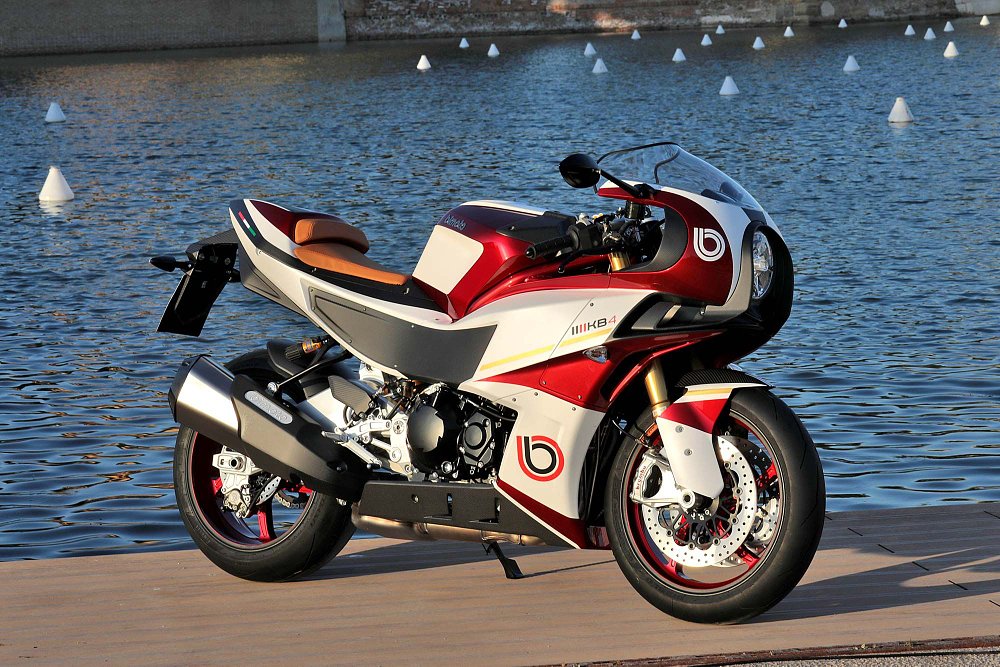
Triumph swung for the fences with the potent Speed Triple 1200 RR in 2021. Bimota, of all manufacturers, even joined in with the supercharged and super funky KB4 RC. Most of the bikes we’re talking about appeared within the last five years. All of them are based on other production motorcycles, they all share certain styling points, and they all put looks and performance ahead of comfort. This sure feels like a trend to me.
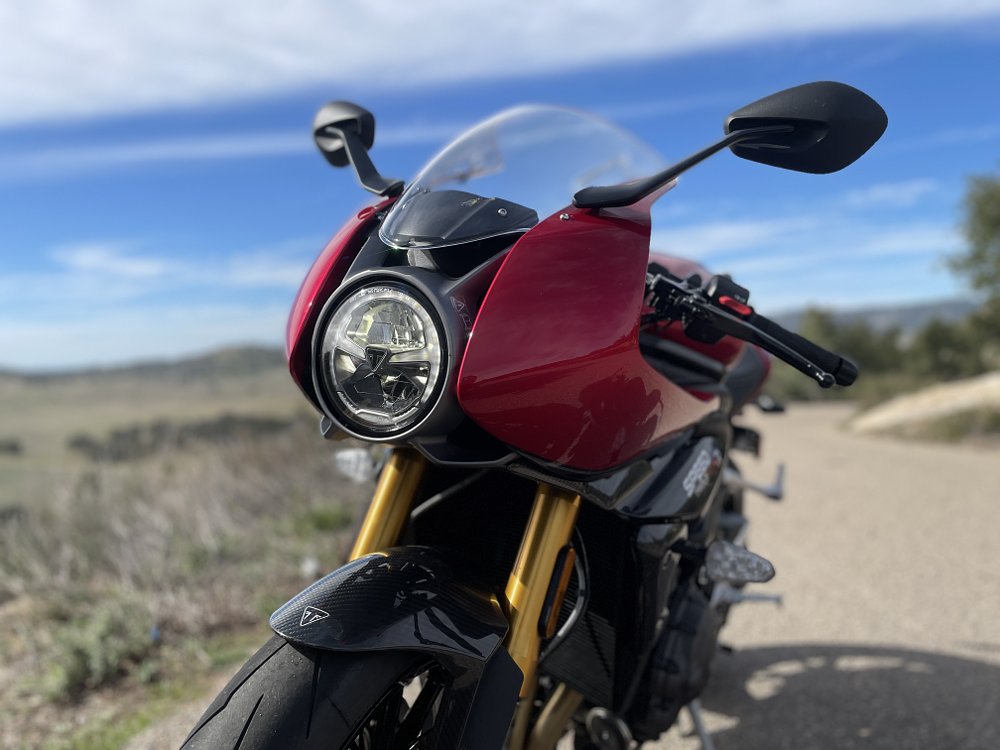
If it’s a real trend, there’s more to come
More motorcycles like these are on the horizon. Besides the XSR900 GP, the Honda Hawk 11 is already available in Japan. It is extremely likely to make its way to the United States.
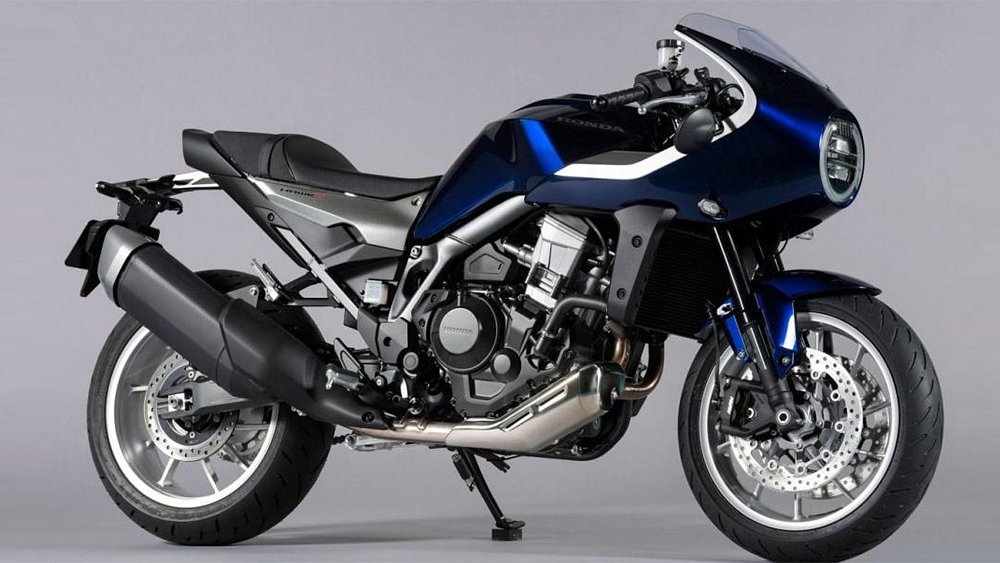
Then there’s the new Suzuki Katana. Even though it doesn’t fit in with the other motorcycles discussed here, it’s a faired retro that recalls an icon of another era. Maybe we’ll see more 1980s action, too. The Top Gun reboot did well for itself, so how about a Kawasaki Z900 or H2 dressed up as a GPZ?
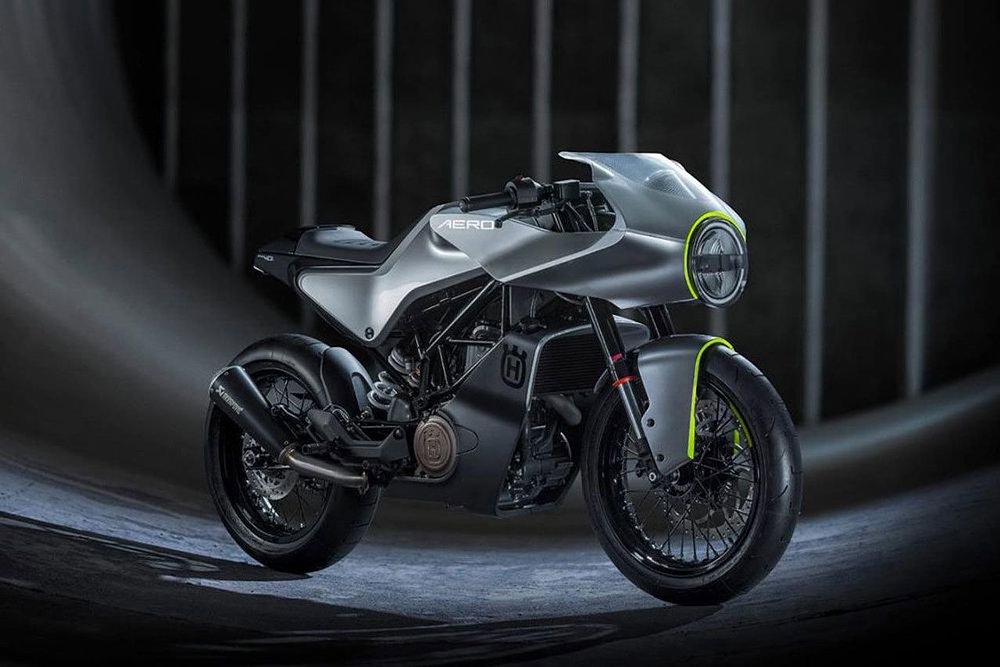
If faired retros really are a trend, I’m not convinced that they will catch on like cafe racers did. Lightning absolutely can strike twice (that’s how lightning rods work), but sporty motorcycles with fairings have narrower appeal and more limited ergonomics than cafe racers. Maybe that’s just the way it goes. I’ll be keeping an eye out for more motorcycles like these, especially the Honda and the Yamaha, plus whatever comes next.









